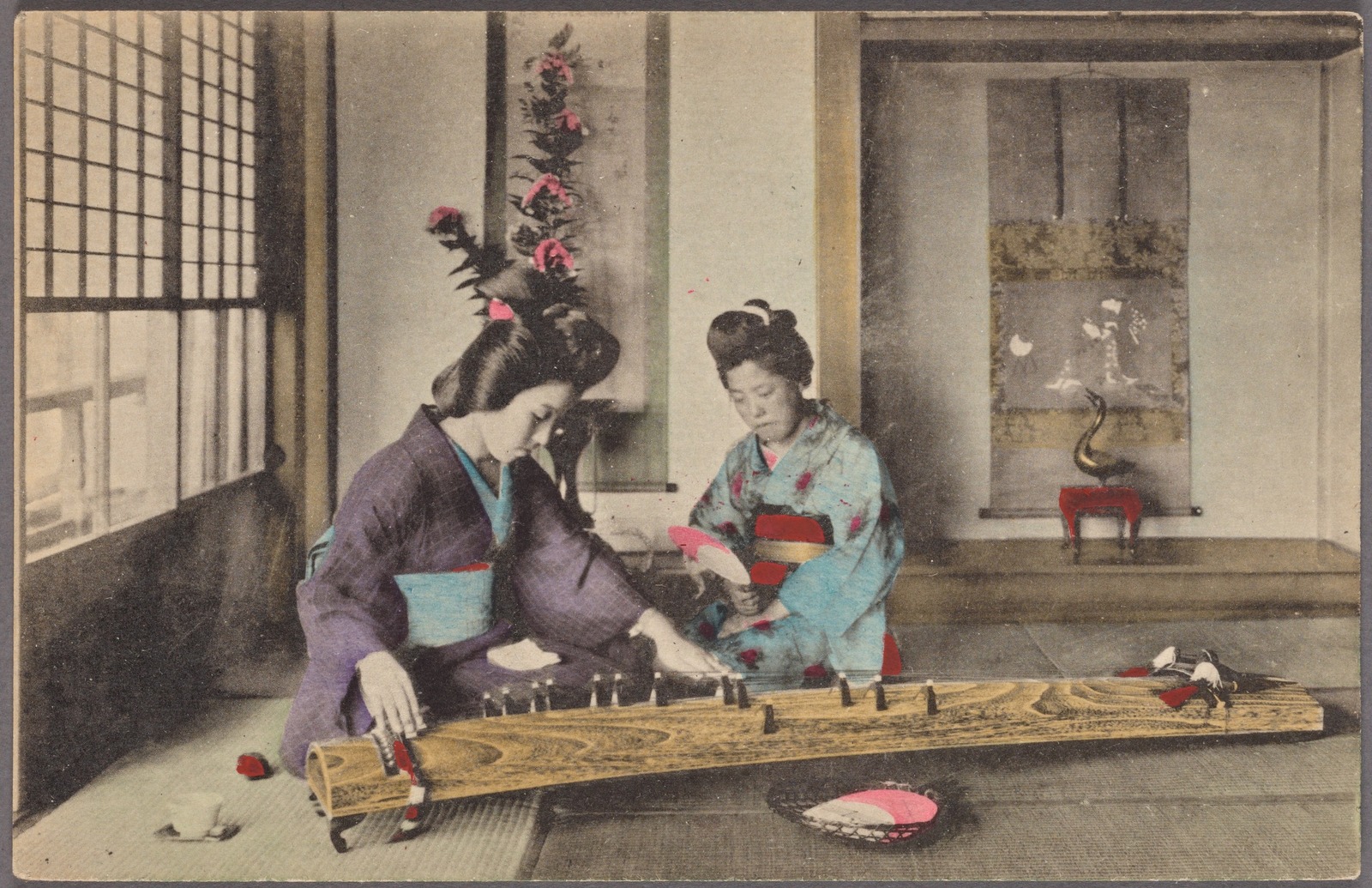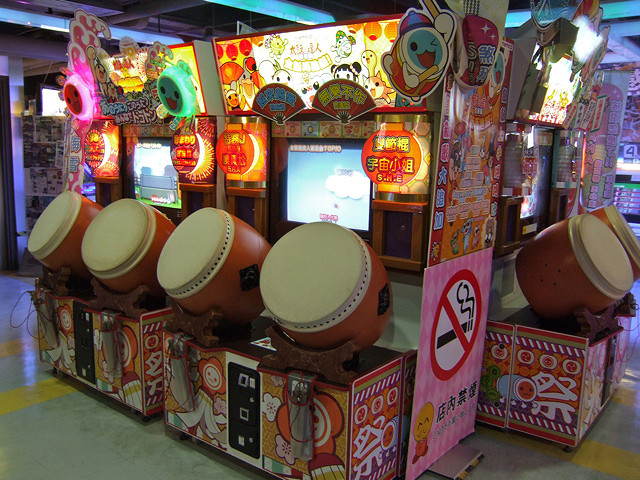Intro to Traditional Japanese Instruments
This is an introduction to the world of traditional Japanese instruments, also known as wagakki (和楽器). Here I include a music sample of each instrument, so you can quickly familiarize with them.
Join me in exploring this wealth of distinct musical sounds, as well as new ways to relax, enrich, and appreciate life.
String Instruments
Koto

The koto is perhaps the most iconic Japanese instrument. A large zither with an elongated body, it is typically made of paulownia wood. The player would pluck the strings on the koto using fingerpicks, finger nails, or their fingers.
The word "koto" (こと) actually refers to various types of instruments with subtle differences. "Kin" (琴, きん) refers to the type where the pitch is determined by where the string is pressed. Whereas "Sō" (箏, そう) refers to the type with a movable bridge.
To get a better sense of the sound of the koto, enjoy this 3-hour session of koto music:
Taishōgoto
Developed during the Taishō period (1912–1926), the taishōgoto (also known as the Nagoya harp) is a wooden hollow body with 2 to 12 metal strings attached to it. It is equipped with a simple keyboard, and played by holding the keyboard with your left hand and playing with your right hand pick (pick).
Biwa
Biwa (琵琶) entered Japan from China (Chinese pipa ) in the 7th to 8th centuries. It is a short-necked lute that produces a sound by plucking. In ancient times, there was a four-string system and a five-string system (straight-neck biwa), and the latter has since been abolished.
Sanshin / Shamisen
Sanshin (三線) is primarily played in the Okinawa prefecture. As its name in Japanese suggests, it has three strings along a long and slender neck. It is similar to the Sanxian, a stringed instrument born in Fujian Province of China.
The shamisen (三味線) is a related Japanese stringed instrument. Traditionally, cat or dog leather is used to cover both sides of the square flat wooden body of the shamisen. It is played using a ginkgo-shaped pick.
Having multiple tuning styles depending on the context, it was commonly used to accompany kabuki (a classical dance-drama).
Percussion instruments
Taiko
Taiko is a generic term for Japanese drums. It is used in festivals, Kabuki, and rituals at shrines and temples. It has a hollow body made of wood, covered with a thin film. To produce a sound, the player would strike it their own hands or a drumstick.
Enjoy this awe-inspiring taiko performance by Senzoku College of Music:
And chances are, you have likely seen it at an arcade, thanks to the popular game Taiko no Tatsujin :

Tsuzumi / Ōtsuzumi / Kotsuzumi
In the narrow sense of the word, tsuzumi (鼓) refers to the small drum. It has a leather cover on both sides of the hourglass-shaped wooden body, tied tightly with the cord. You play the instrument by striking one or both leathers with your hand while adjusting the tone by tightening or loosening this cord.
Suzu
The suzu (鈴) is a Japanese bell. It is a hollow ball made of metal or pottery containing a small ball inside of it. A sound produced by shaking the instrument.
In Shinto , Suzu's are ringed in the shrine when worshiping. There is also a shrine maiden bell (kagura-suzu), which a shrine maiden holds in her hand when she dances a kagura dance . The main stick is a handle and a three-tiered upper part, with 15 small bells attached to it.
Footage of a kagura dance:
Mokugyo
Mokugyo (木魚), literally meaning wooden fish, is a block of wood carved in the shape of a fish. It is struck with a wooden stick, and is commonly used to accompany Buddhist chanting, in Zen Buddhism, Tendai Buddhism, and Jodo Buddhism.
This is an audio clip of mokugyo striking, alternating on the left and right side, for 30 minutes straight. It is oddly satisfying:
Wind instruments
The generic name for the flute (and more generally, wind instruments) in Japanese is "fue" (笛). Below are the most popular types.
Nōkan
The Nōkan (能管) is a flute made of bamboo, typically used for for the noh theater. But it is also used in kabuki, banquet music and Gion music. It is characterized by a narrow inner diameter that creates a unique sound.
Shakuhachi
The Shakuhachi (尺八) is vertically bamboo flute typically used in Zen Buddhism. In the making of a shakuhachi, it is common to use the root of the bamboo and include 7 bamboo nodes (the joints along the body). To make a sound, one would blow on its upper mouth. Generally, there are four hand holes on the front and one on the back.
Shō
The Shō is a 17-pipe mouth organ used for gagaku . It is believed to have been introduced to Japan along with Gagaku in the Nara era. 17 thin bamboo pipes are arranged in a circle on the part called "hō" (匏). The player would hold down different finger holes in the bamboo pipes, and blow into and out of the hole on the side of the hō. 15 of the 17 bamboo pipes are then made to vibrate via a metal reed attached to the bottom of the bamboo pipe. There are similar types of instruments across East Asia, including the Chinese " Sheng ".
Hope you enjoyed this post. Let's stay in touch.